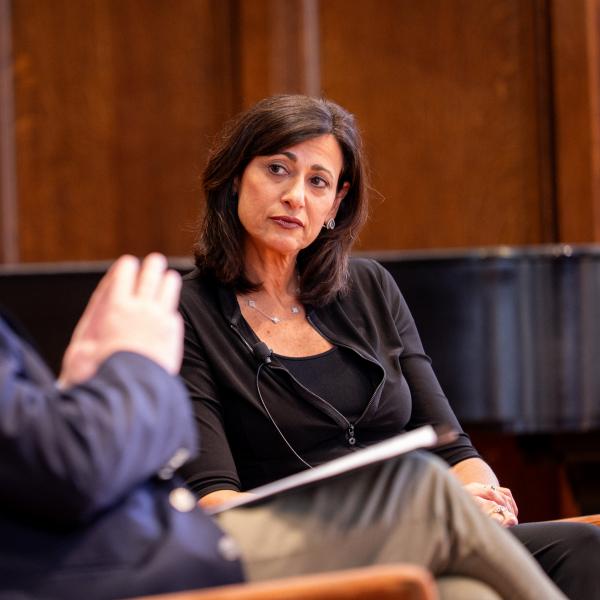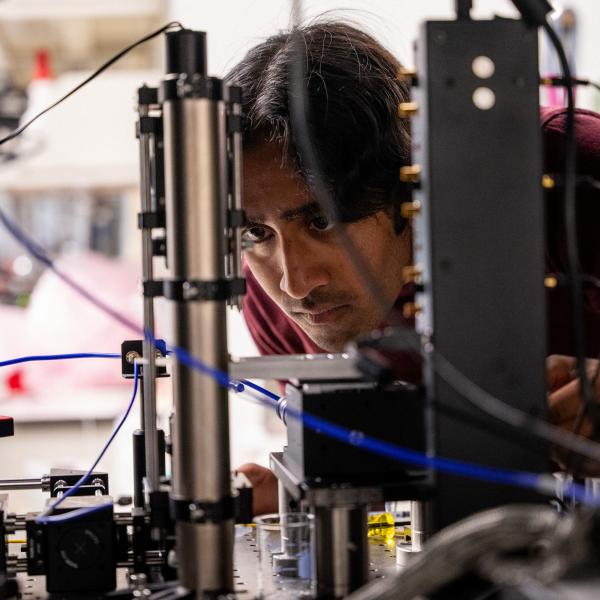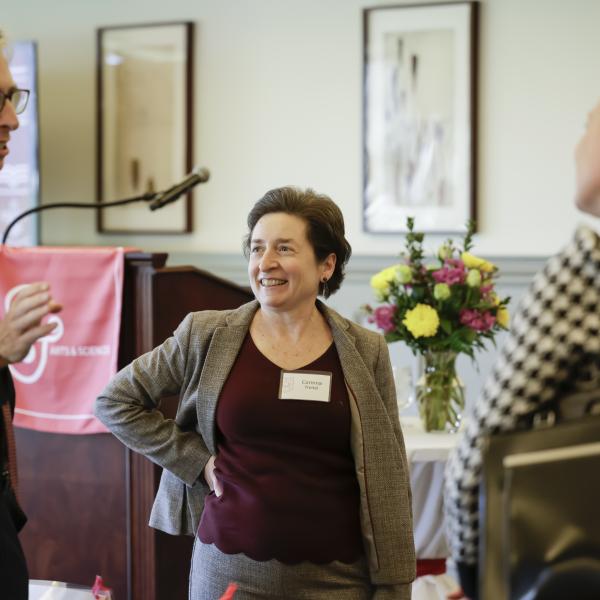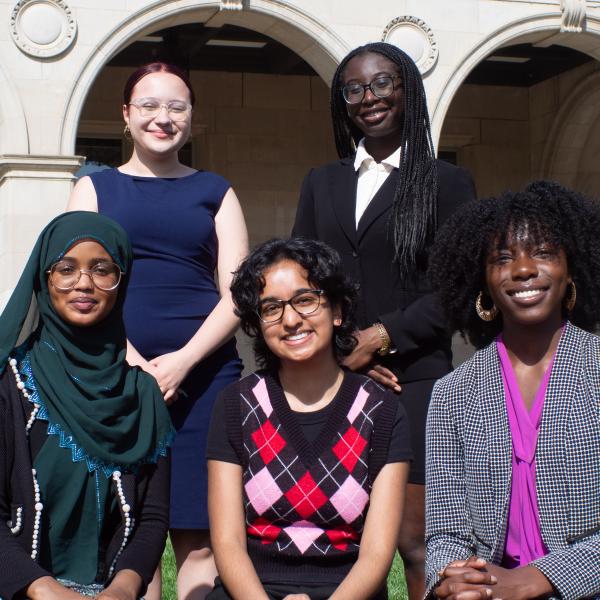This year, WashU has introduced a new minor in Asian American Studies. Dr. Linling Gao-Miles, a lecturer in International and Area Studies, calls the inclusion “a significant component of the University’s commitment to diversity and inclusion. It responds to some of the challenges we encounter in higher education involving race and ethnicity.”
Gao-Miles credits the program’s development to a student group called the Asian Pacific Island American Initiative (APIAI) that proposed this initiative in the fall of 2014. The preparation of the minor proposal took about a year, and the proposal was approved in April of 2016.
“There are various ways to think of the significance of studying Asian American history and experience beyond its implications for each individual of an Asian American background,” she says. “Intellectually, the field of Asian American studies (AAS) is central to many other disciplines in the liberal arts. From a pedagogical perspective, it offers new classroom opportunities for students to engage in learning minority history and culture while exploring race and ethnicity from a different angle. The Asian American history and experience is integral to U.S. history and American experience. It is a project that not only provide de-Eurocentric lens into our comprehension of American history and society but also brings into light trans-Pacific movements to the general Atlantic-focused approaches. For many young adults, this learning experience is quintessential to their own identity formation.”
Two students currently engaged in this program, Samuel Chang and Alvin Zhang, alluded to this same positive impact. Both students have taken Dr. Gao-Miles’ course “Model Minority: The Asian American Experience,” and referenced its significance in particular.
“Exploring the history and context of the ‘model minority myth’ helped me voice my experiences in a critical lens, and engage in dialogue with others regarding racism and identity,” Zhang says. “I feel more confident in my Asian American identity, and have greater capacity to examine and challenge social injustices inflicted on minorities.”
This newfound confidence was an outcome noted by both Chang and Zhang. Courses in the Asian American Studies minor, such as Gao-Miles’ “Model Minority” course, foster essential dialogue about Asian-American identity in a space that permits a specific, individualized history and means of storytelling.
“Studying topics in AAS such as the Asian American solidarity after Vincent Chin can give inspiration to what pan-ethnic/multiracial coalitions for social justice could be like—trading walls for bridges by creating avenues for dialogue instead of deeper divisions between minority groups…because many of these cases, stories, and studies are only talked about in AAS classes, that’s why the field is so important,” says Chang of the program’s broader significance.
Long Le-Khac, an assistant professor in the English department, spoke to the distinct contemporary significance of AAS courses. “Asian Americans are the fastest growing racial minority group in the U.S. today. Because they are positioned in the ‘racial middle,’ Asian Americans and their experiences force us to think of race in relation to multiple other groups, which helps us move beyond the established black-white binary to grasp the multi-racial relations structuring contemporary America…As we confront current issues of immigration and nativism, Asian American history is a powerful lens onto how the U.S. has wrestled with ideas of who belongs here and who can be considered an American. We would do well to learn from this troubling history.”
The dialogue being sparked within the AAS classrooms inform an understanding that spans beyond a historical or political context. Gao-Miles confirms this, stating, “We hope to engage in cross-cultural, multiethnic, and interracial dialogues, and explore identity politics from theoretical perspectives. Through this minor, students should cultivate analytical skills of comprehending critical theories in ethnic and migration studies, and develop critical insights into ethnicity and race as historical and social constructions.”
What’s more, though, is that the addition of this minor has great personal meaning to many WashU students. This sort of development indicates progress that students are eager to play a part in in the years to come.
Zhang echoes this sentiment, “The addition of the minor means a lot to me in knowing that WashU is making steps to addressing student advocacy (the minor was demanded by students) and is committed to supporting Asian American students. I have more appreciation of the institution and education I received here, knowing that future generations of WashU students who will have the opportunities I could only imagine as a first year.”
Finally, Le-Khac highlights the ways in which the tools and understanding gained from these courses will permeate beyond a university setting, “I hope that students walk away from Asian American studies courses with a far more expansive idea of what Asian American can mean, because the term encompasses such a wide range of experiences, histories, and cultures,” Le-Khac says. “At the same time, I hope that engaging with Asian American histories and cultures will offer them a more expansive sense of what it means to be an American, period.”



